Answering Your Recycling Questions
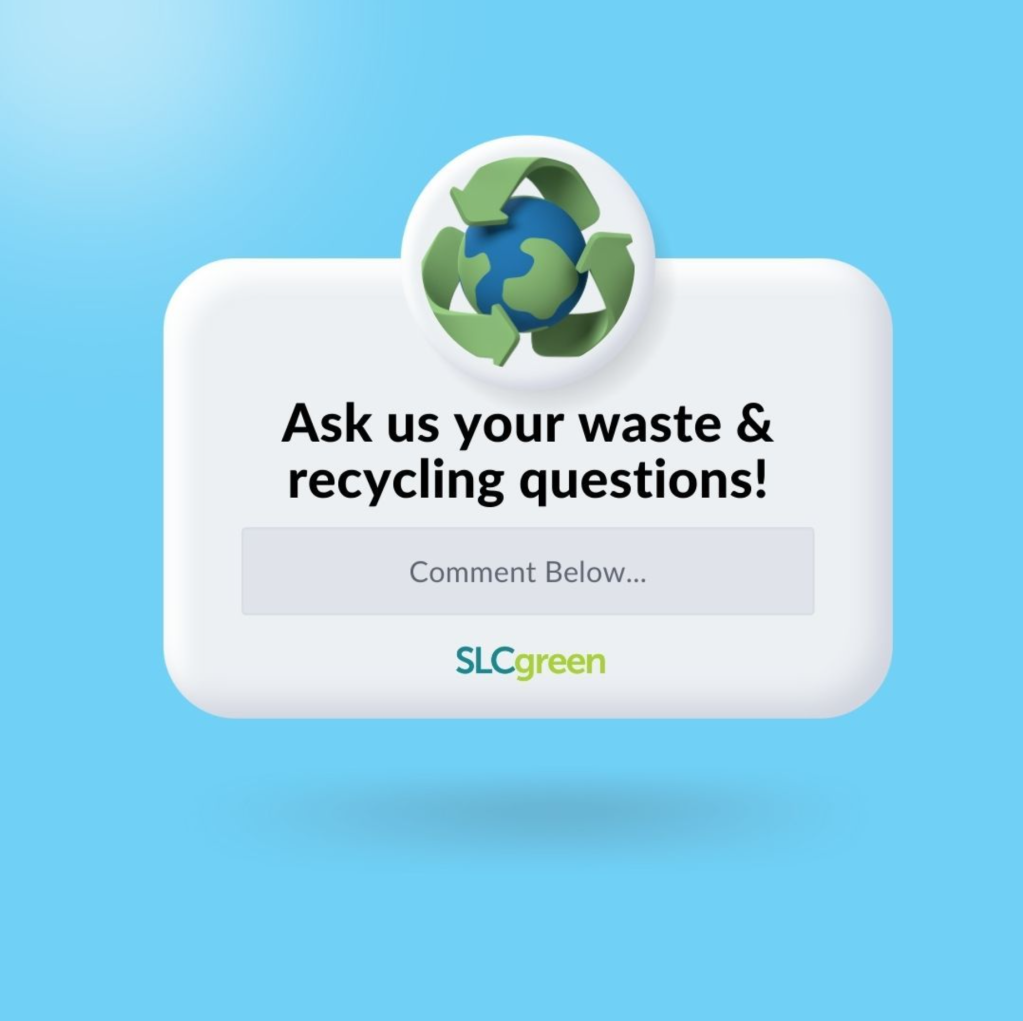
Recycling can be confusing. So, last week we had an informal Waste & Recycling Q&A on Instagram. We got some great questions and wanted to share them here on the blog!
Read moreDec 21

Recycling can be confusing. So, last week we had an informal Waste & Recycling Q&A on Instagram. We got some great questions and wanted to share them here on the blog!
Read moreBy SLCgreen Intern Iris Tang

The holiday season is upon us, and Thanksgiving is already around the corner. This can be a time to gather with loved ones and enjoy some great food, often bringing recipes we only enjoy once or twice a year. Annual traditions can also bring them long-held habits that can bring about excess food and plastic waste.
Food waste is a major issue even outside of the holiday season—about 40% of all food produced in the US never gets eaten. This amount increases by an additional 25% between Thanksgiving and New Years!
Reducing food waste is an often-overlooked way to reduce the impact of potent methane emissions on the planet and to help others, but our food choices are important. In Utah, food choices contribute about 25% of the household carbon footprint. This is a result of the growing, harvesting, transportation, packaging, and cooking processes involved with getting our food to our tables.
But holidays can be a great place to start when rethinking long-held traditions and habits and how our actions can impact our community. So no matter how you celebrate, we at SLCgreen want to encourage sustainable habits around gathering for the holidays, from food waste to decorations. With Thanksgiving being such a food-focused holiday, here are some tips to make the most of your meals and waste less food.
Read moreBy SLCgreen Intern Iris Tang

With fall in full swing, we wanted to share some seasonal reminders as we head into November.
Leaves and Other Yard Waste
Did you know a lot of your fall waste can be composted? Leaves, dead branches, clippings, and other green waste are all compostable! Composting where you can is a great way to divert waste from the landfill and lower emissions. Salt Lake City’s brown bins are for compost and their contents are processed at our city’s own compost facility. The facility processes the waste and recycles it into woodchips and compost, which are then available for purchase at the Salt Lake Valley Landfill. If you have questions on whether something is compostable, visit this link.
If you find that your brown bins are filling up, you can request additional temporary bins (at no additional cost) here or by calling 801-535-6999.
Read more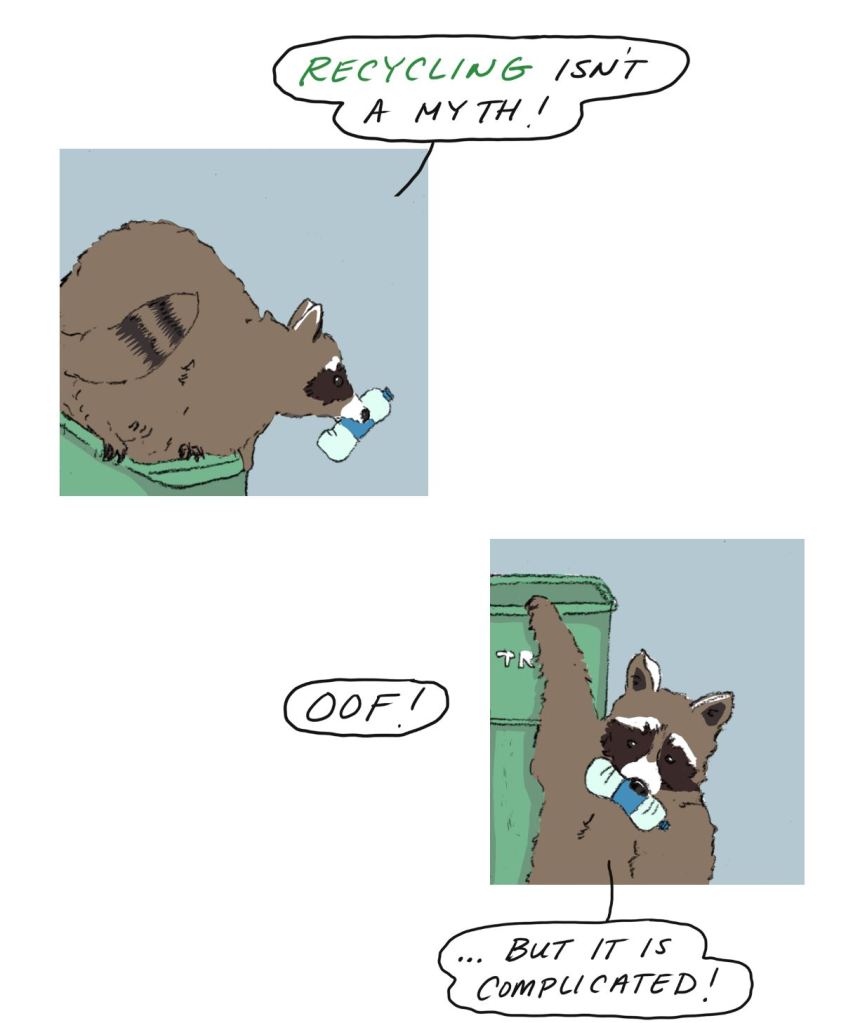
Recycling can be confusing. Whew—we know. Have you ever thought it could be explained in a more engaging way?
We’re excited to share with you a special comic on recycling from one of our SLCgreen alums.
Max Barnewitz worked as SLCgreen’s Community Outreach Coordinator for several years before going on to earn their MFA in Comics at the California College of the Arts in 2023. In a recent project, Max found a through line between those two worlds, creating a comic explaining recycling in a fun, approachable way. (After all, who doesn’t want to hear about trash from a cute cartoon trash-panda?)
Read moreSep 28

This week, Mayor Mendenhall and SLCgreen hosted an “AMA” or Ask Me Anything on Instagram and Twitter, taking your air quality questions.
Salt Lake City continues to lead communities in the state when it comes to air quality policies and programs – both with our internal operations, as well as community-facing efforts.
Still, we collectively have much work to do. Air pollution will not disappear overnight in a valley growing as ours is and faced with the challenges of our geography and climate. The good news is that, according to the Utah Department of Air Quality, per capita pollution has decreased over the last decade, even as our population along the Wasatch Front boomed. There are also technologies available now that can drastically reduce the manmade emissions in our valley over the coming years, and historic funding opportunities to help us adopt them. Paired with solid urban planning and transportation design, we’re hopeful for the future when it comes to air quality, and that comes from working every day to realize solutions.
So what causes our poor air quality? And what is the City doing?
Read more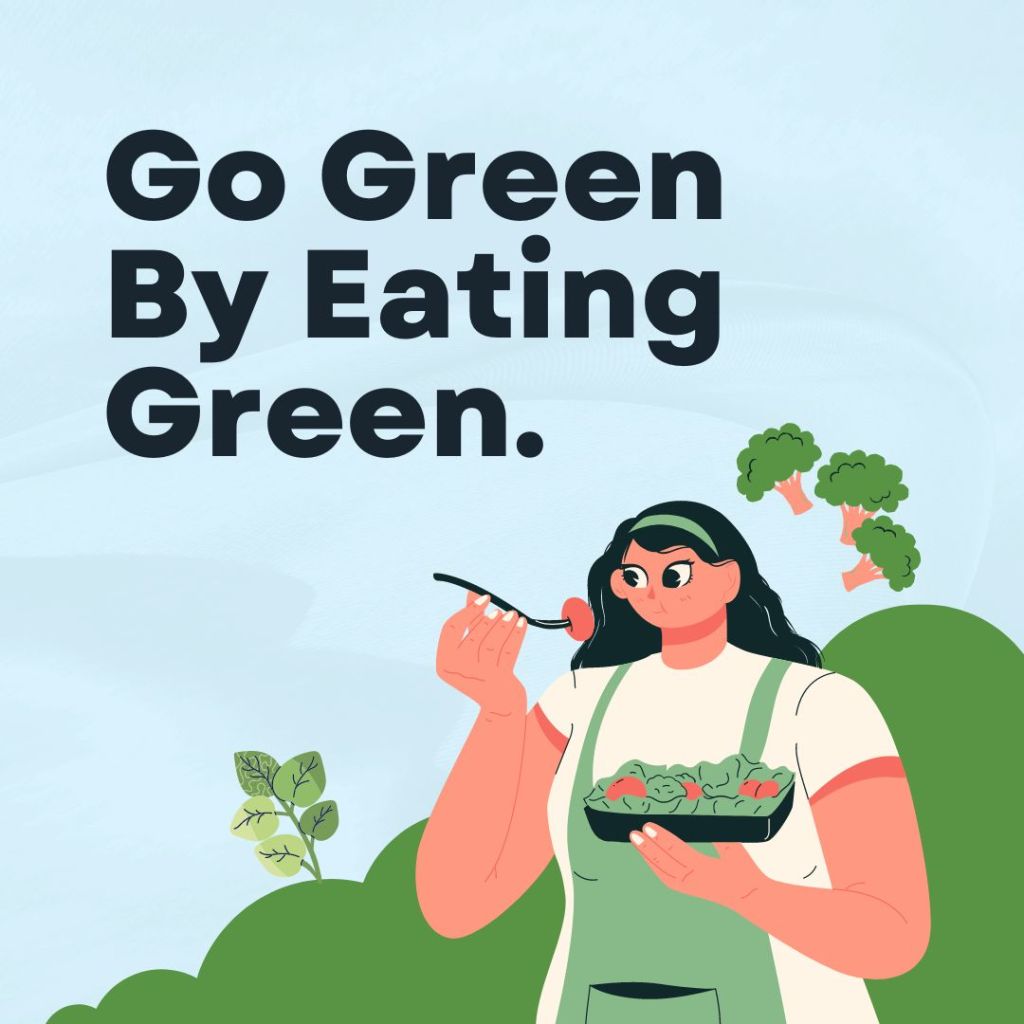
The Seventh Annual VegFest event is coming up this Saturday, September 9 at Library Square. This is one of Salt Lake City’s ACE-sponsored events and one our Department particularly loves attending every year.
We’ll be there tabling all day and encourage you to stop by and say hi if you’re out and about on Saturday.
The event is focused on celebrating veganism and raising awareness of the many plant-based foods and products available to us here in SLC.
In honor of VegFest, we wanted to highlight some of the environmental reasons to choose more plants, rather than animal products, in your weekly meal planning. Even swapping one meal per week can make a difference.
Read moreJul 19
By SLCgreen Intern Emma Johnson

Walking is undoubtedly the most straightforward way to move around; humans have been doing it forever! Studies show that people are happiest and healthiest when they live in walkable communities. Walking is also beneficial to the environment and the economy. Despite these findings, in 2021 the average American commute reached an all-time high of 27.6 driving minutes each way. In the United States, only about 3-4% of commuters walk to work, which is sadly unsurprising based on the car-centric construction of many U.S. cities.
During the month of July, Salt Lake City is encouraging people to drive less in favor of walking, biking, and public transit as part of the Clear the Air Challenge. In 2022, this challenge was responsible for a reduction in over 53,000 trips and prevention of over 392 tons of CO2. This year, Salt Lake City employees and other residents will join teams and log their trips to compete and work towards a collective goal of saving 100,000 trips this year.
Read moreJul 12
By SLCgreen Intern Iris Tang
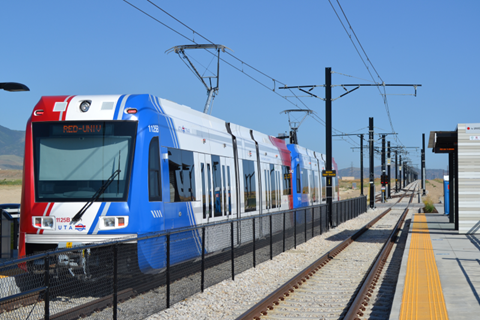
Brijette Williams, Sustainability Outreach Coordinator, lives in the suburbs but works and goes to school in Salt Lake City. She commutes by public transit as much as possible because it makes her travel time feel “valuable and productive.”
Instead of getting stuck in traffic on I-15, she can check emails, make lists for the day, or unwind without the stress of being behind the wheel.
Choosing to swap your car trip for a transit trip can help improve air quality and mitigate summer ozone. It’s also a great way to participate in this month’s Clear the Air Challenge, which encourages us all to take fewer single-occupancy car trips.
Here are some reasons to consider taking transit more often and tips to get started.
Read moreBy SLCgreen Intern Kellen Hunnicutt
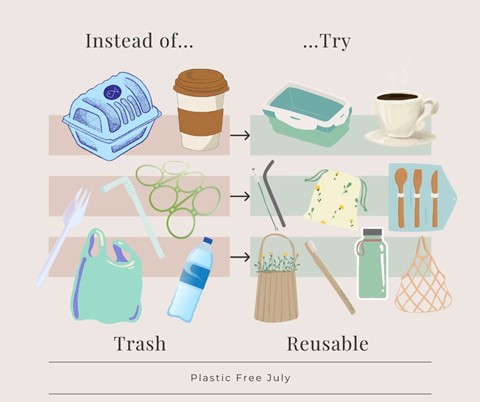
We live in a world that loves plastic. From grocery stores to coffee shops to our bathroom sinks, we see plastic pretty much everywhere. It makes sense. Plastic is lightweight, cheap, durable, and malleable, and in many cases, it serves an instrumental purpose. It keeps our food clean and safe from contamination, is ubiquitous in hospitals and clinics, enables home insulation and energy efficiency, and reduces the weight of cars, which saves gas.
The problem is not these long-lasting or health safety-related uses of plastic. The problem is that we make and use a remarkable amount of unnecessary single-use plastic. Single-use plastics are items like bottled water, plastic grocery bags, and coffee cups that we throw out after only one use.
Read moreJun 23
by SLCgreen intern Charlie Bonkowsky
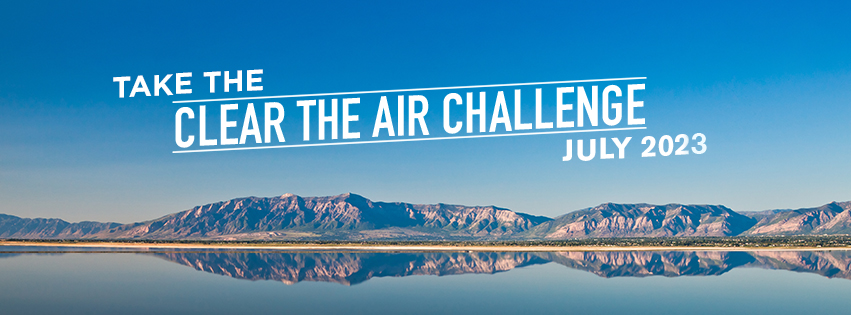
It’s almost time for The Clear The Air Challenge—an annual event encouraging Utahns to reduce their vehicle emissions and help keep Utah’s air clean! The competition starts on July 1st and runs throughout the month, with a goal this year of eliminating 100,000 single-car trips and keeping 375 tons of CO2 out of the atmosphere.
Read more